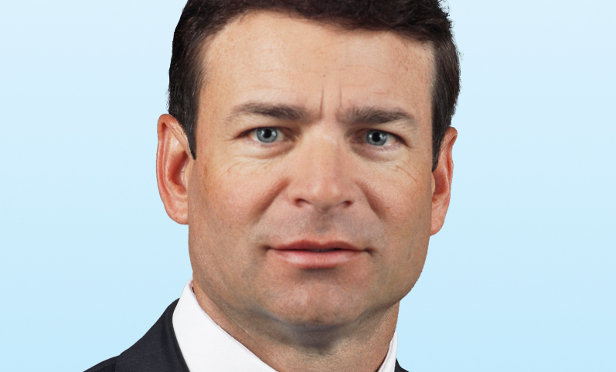 Cowden: “That’s not to say there won’t be co-work going on in other submarkets, but much of the co-work demand in San Diego is for Downtown.”
Cowden: “That’s not to say there won’t be co-work going on in other submarkets, but much of the co-work demand in San Diego is for Downtown.”
SAN DIEGO—While office rental rates have spiked 25% in the past two years in Downtown San Diego, there is still more room for growth before tenants feel the pain, Colliers International SVP Tim Cowden tells GlobeSt.com.
According to the firm’s Q4 2016 office report for San Diego County, the 1.68 million square feet of net absorption for 2016 pushed demand to its strongest level since 2005, and countywide rental rates are at their highest point in eight years at $2.58 per square foot per month. However, 2016 was the slowest year for new development in the past four years, with 2017 expected to remain historically low.
The report also showed that Downtown San Diego recorded the highest net absorption for 2016 and will to continue to be a hot spot for co-working & tech start-ups. We spoke with Cowden about office development and why co-working and tech startups are attracted to Downtown.
GlobeSt.com: Why is San Diego office development expected to remain low if demand seems to be so strong?
Cowden: The single biggest reason is lack of opportunity to build. We have significant barriers to entry now in San Diego County in general due to lack of land, for starters. In the UTC area, where there’s been lots of construction lately, is just about built out, and similarly, in other submarkets there very limited ability to build without tearing something down. In addition, Downtown is another example; we have seen a 25% rent spike Downtown in the past two years, but even with that rent spike, due to the high cost of land per square foot Downtown on most sites you would build on, you would have to tear down and pay an improved-property price. So, what we have is a significant lack of land, and the cost of construction has risen significantly recently, primarily due to rules and regulations and laws in California. Things like Title 24 have significantly increased the price of building something. As rents continue to rise—and they certainly will—the cost-of-construction factor becomes less of an impediment because rents will offset the costs.
As long as nothing ridiculous is happening on the macro scene, like Trump creating trade wars, I see a strong economy in San Diego County, with strong office demand and continuing rent increases. And I see continuing very strong residential demand—people moving into San Diego from other places to fill jobs and people already here moving up the food chain. They’re feeling pretty healthy and able to going from three Millennials in one apartment to two as one moves out and gets their own apartment.
GlobeSt.com: What does Downtown have to offer co-working and tech startups that other submarkets can’t?
Cowden: They definitely want to be Downtown versus other submarkets. That’s not to say there won’t be co-work going on in other submarkets, but much of the co-work demand in San Diego is for Downtown, and the reason is because these guys want to be where the Millennials want to live—where startups and post-startup fast-growing companies want to be—and they feel like that dynamic is heavily oriented toward live/work/play environments. If you live Downtown, unlike other submarkets, you can walk to your office. In other markets, like San Francisco, often you can’t live/work/play within it, but you can get there via mass transit
Co-work places started in New York, Chicago, San Francisco, and now they’re branching out in a big way and going into secondary markets like San Diego and San Jose. When When WeWork comes in and signs a 90,000-square-foot lease and the Downtown market only has 10 million sq ft of office space, they’re making an entry into a market where they didn’t exist before. And WeWork is not the only one; there are several local ones that started up in Downtown and at least two more are looking for 20,000-square feet to 30,000 square feet Downtown to their initial San Diego entree as well. There’s more than enough demand for multiple operators.
GlobeSt.com: What else should our readers take away from your report?
Cowden: Across the board, we’re seeing good, solid demand for office space. We have a constricted ability to expand supply, so we will continue to see rising rental rates that are not prohibitive due to the efficiency of today’s companies and the fact that only last year we passed the rental rates Downtown that we had in the 1980s. There is plenty of remaining upside before it’s really painful to tenants.

















 Copyright © 2024 ALM Global, LLC. All Rights Reserved.
Copyright © 2024 ALM Global, LLC. All Rights Reserved.